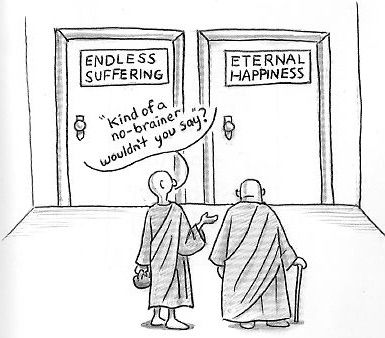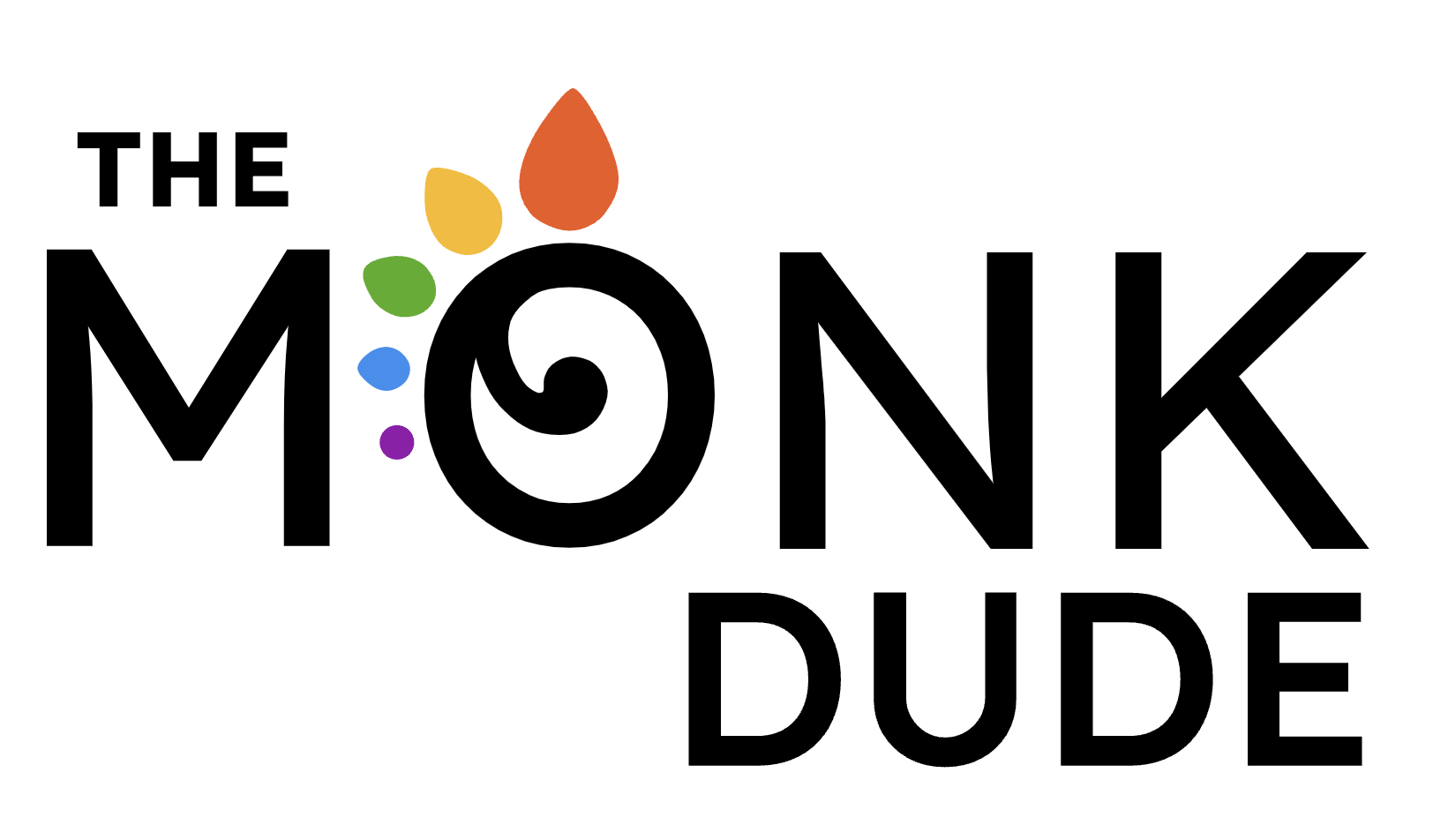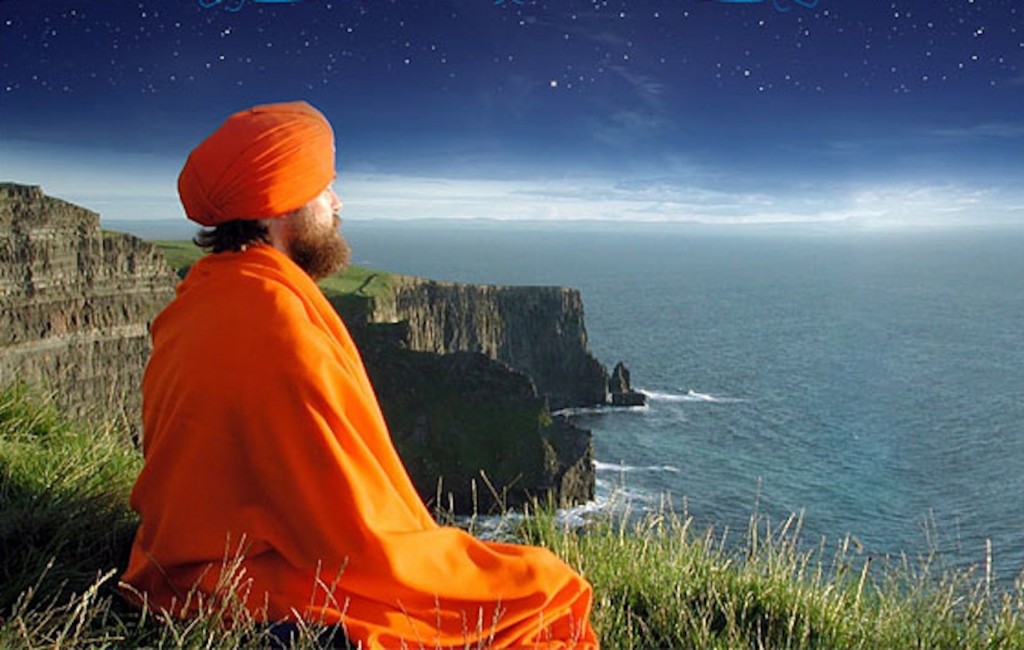Why Meditate?
What is the Main Reason People Meditate Today?
One word: Stress. It is no secret that modern life is becoming increasingly busy and stressful. The information revolution turns out to be something of a double edged sword. All these space age marvels like smart phones, social media and the internet are making our minds more restless than ever, pushing our stress and lack of focus to record levels. My friend, comedian Steve Bhaerman, calls them ‘weapons of mass distraction’.
People tell me all the time that they just can’t stop thinking. We are becoming a society of Thinkaholics, with grave consequences. Stress and mental restlessness can lead to many other problems, such as high blood pressure, anxiety, insomnia. There are other reasons, such as improving focus, sleeping better, combating depression, developing empathy and creativity and more. But stress is the big one, and there is a mounting flood of research demonstrating that meditation is an effective way to handle stress, with no negative side-effects. Meditate, don’t medicate.
The Recent Popularization of Meditation
This body of research, along with numerous celebrities and prominent figures in business advocating the practice is bringing meditation into the mainstream. Often ‘re-branded’ as mindfulness, meditation is now being used in schools, corporations, hospitals and prisons. There are meditation programs for veterans, athletes, musicians, movie stars, police and even political leaders.
Why Did People Start Meditating in the First Place?
But I doubt that the yogis who invented meditation more than 7000 years ago were primarily concerned with their Facebook addiction problem. They were too busy fending off saber toothed tigers. They developed meditation as a method of spiritual development and Self Realization. All these modern reasons for meditation are really beneficial side-effects of a practice that has, for most of its history, been viewed as a path to enlightenment.
The oldest known form of meditation was developed by Dravidian mystics in South India, and the greatest of these was Sada Shiva, the worlds first great yogi. He has since been deified in various religions, and is sometimes depicted with four arms and the actual moon in his hair, but in all likelihood, despite being one of the most remarkable individuals who ever lived, he probably only had two arms, and the moon was surely right where it belongs, quarter of a million miles away.
So what will I get out of it?
So how does that sound? Not only will meditation reduce your stress symptoms, but you might end up becoming enlightened! Before you get too excited about that one, let me give you a little perspective. The attainment of genuine spiritual enlightenment is considered to be the most worthwhile, yet the most difficult of all human endeavors, and progress is traditionally measured not in years but in lifetimes.
But do not despair. During this admittedly lengthy journey to enlightenment, you get to enjoy all these lovely beneficial side-effects. Here are a few that might appeal:
- Relaxation
- Peace of mind
- Improved focus
- Peaceful sleep
- Clarity
- Greater empathy
- Improved personal relationships
- Greater creativity
- Emotional balance
- And much more.
Sounds like it’s worth sitting quietly for a few minutes each day doesn’t it?

Create a Vision
Why Do You Want to Meditate?
A clear vision can unleash extraordinary power.
1. Close your eyes for a few minutes and imagine how your life will be different as a result of your meditation practice. Your vision should be practical, real, and sincere.
2. Write down the main result you hope to get from your meditation practice. The goal is to get specific and define what you want in a few short sentences.
You can try to build a meditation practice without a vision, but I promise you that it will be 10 times easier if you get specific and define exactly what you want.
Meditate

